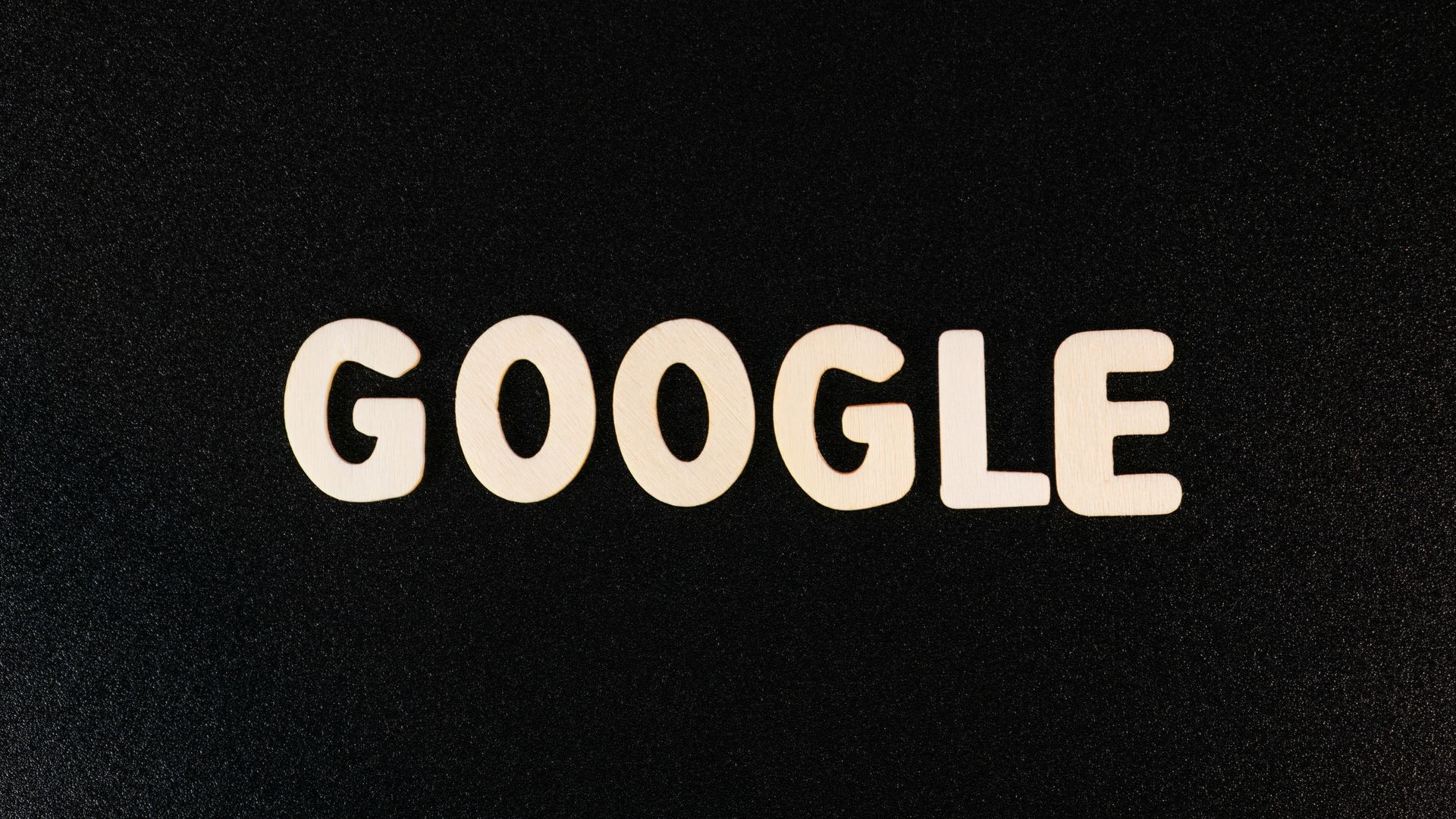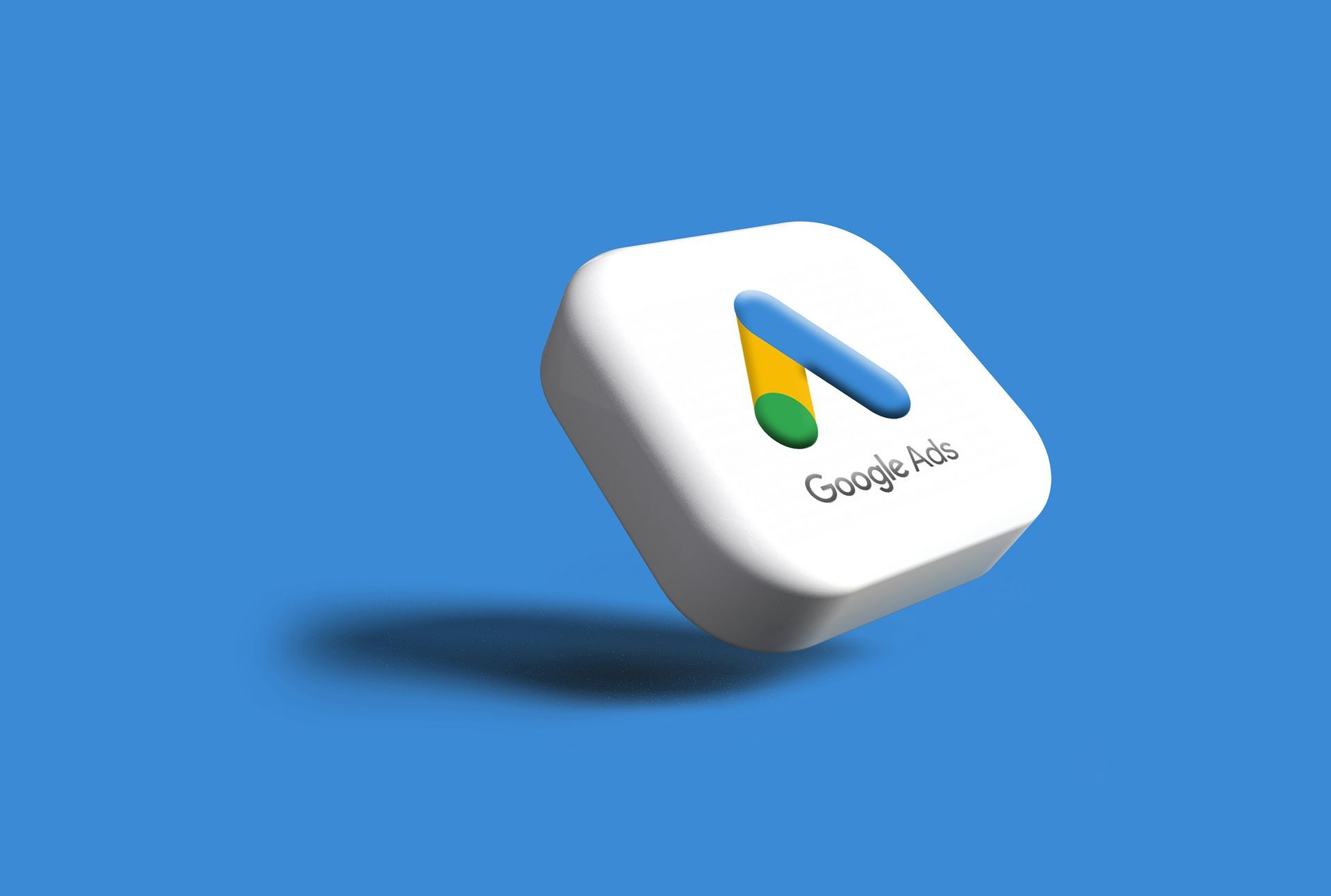What is Programmatic Advertising? Revolutionizing Ad Placement

In today’s fast-paced digital advertising world, programmatic advertising has emerged as a game-changer. It's revolutionizing how brands reach their target audiences by making the process of buying and placing ads more efficient, accurate, and impactful. But what exactly is programmatic advertising, and why is it reshaping the advertising landscape? Let’s dive in.
Understanding Programmatic Advertising
Programmatic advertising is the automated process of buying and selling ad inventory using advanced algorithms and machine learning. Unlike traditional methods that involve negotiations and manual insertion orders, programmatic advertising relies on technology to make real-time decisions.
This system ensures that your ads are shown to the right people, at the right time, and on the right platform. It leverages vast amounts of data to match advertisements with relevant audiences, providing a seamless experience for both advertisers and consumers.
How Does Programmatic Advertising Work?
At its core, programmatic advertising operates through platforms known as Demand-Side Platforms (DSPs) and Supply-Side Platforms (SSPs).
- Demand-Side Platforms (DSPs): These are used by advertisers to bid for ad inventory. DSPs help target specific audiences based on parameters like demographics, location, and behavior.
- Supply-Side Platforms (SSPs): These allow publishers to sell their ad space to the highest bidder in real-time.
The bidding process happens in milliseconds, ensuring ads are displayed almost instantly. This method is often referred to as Real-Time Bidding (RTB).
Benefits of Programmatic Advertising
Programmatic advertising offers numerous advantages that make it a must-have in modern marketing strategies.
1. Precision Targeting
Using data-driven insights, programmatic advertising allows brands to target specific audience segments. From age and gender to interests and online behavior, the level of precision ensures that your message reaches those who are most likely to engage.
2. Efficiency and Speed
Gone are the days of lengthy negotiations and manual ad placements. Programmatic platforms automate the entire process, saving time and reducing costs while ensuring optimal performance.
3. Improved ROI
By targeting the right audience and optimizing campaigns in real-time, programmatic advertising helps maximize return on investment (ROI). Ads are only shown to those who matter, minimizing wasteful spending.
4. Transparency and Insights
Advertisers gain detailed analytics on campaign performance, including impressions, clicks, and conversions. This transparency allows for continuous optimization.
5. Scalability
Whether you want to reach a local audience or expand globally, programmatic advertising makes it easy to scale campaigns across multiple platforms and devices.
Types of Programmatic Advertising
Programmatic advertising comes in several forms, each designed to meet specific marketing goals:
- Programmatic Display Ads: Banner ads that appear on websites.
- Programmatic Video Ads: Video ads displayed on platforms like YouTube or within streaming services.
- Programmatic Native Ads: Ads that blend seamlessly with the platform's content, providing a less intrusive experience.
- Programmatic Audio Ads: Ads delivered via streaming services like Spotify or podcasts.
Why Programmatic Advertising Matters for Your Business
In an era where personalization is key, programmatic advertising enables brands to create tailored campaigns that resonate with their target audience. It’s not just about reaching people but engaging them in a meaningful way.
At Marcom.eu, we understand the power of programmatic advertising. Our team leverages cutting-edge tools and expertise to craft campaigns that deliver results. Whether you're a small business looking to increase brand awareness or a multinational aiming for global reach, we can help you achieve your goals.
Why Choose Marcom.eu?
At Marcom.eu, we specialize in creating tailored programmatic advertising strategies that drive measurable results.
- Customized Campaigns: We design campaigns based on your unique goals and target audience.
- Real-Time Optimization: Our experts continuously monitor and refine your ads for maximum performance.
- Comprehensive Solutions: From programmatic display and video to native and audio ads, we cover all aspects of programmatic advertising.
Request a Free Quote or Schedule a Demo
Ready to revolutionize your advertising strategy? Contact us at Marcom.eu for a free quote or to schedule a comprehensive demo of our programmatic advertising solutions. Discover how we can help you reach your audience more effectively and maximize your ROI.
The Future of Programmatic Advertising
As technology evolves, programmatic advertising will only become more sophisticated. With advancements in artificial intelligence, machine learning, and data analytics, brands will gain even deeper insights into consumer behavior.
Emerging trends like programmatic TV and connected devices are set to redefine how brands connect with their audiences. Staying ahead in this dynamic landscape requires expertise and a forward-thinking approach—qualities that define Marcom.eu.
Learn More About Programmatic Advertising
Explore how programmatic advertising can transform your business. Visit our related pages for more insights:
- How to Use Social Search: Everything You Need to Know
- What is Social Search? The Future of Online Searching
Conclusion
Programmatic advertising is not just a trend; it’s the future of digital marketing. By automating the ad placement process and leveraging data insights, it offers unmatched precision, efficiency, and ROI. Partner with Marcom.eu to unlock the full potential of programmatic advertising and take your marketing to the next level.
Contact us today for a free quote or a personalized demo!
ALL OUR OTHER NEWS:







